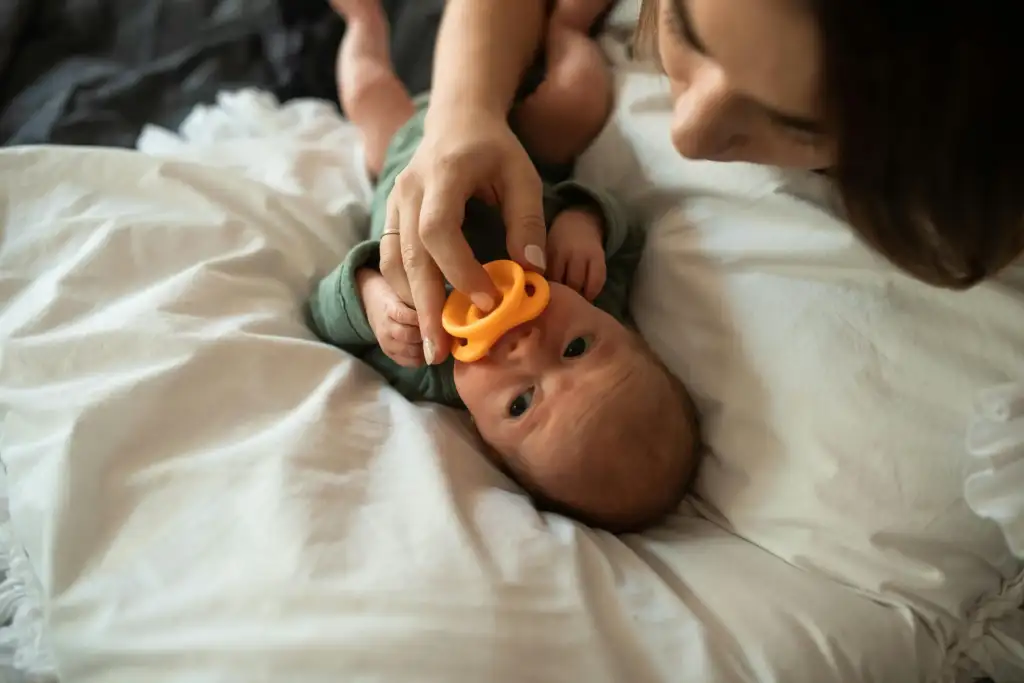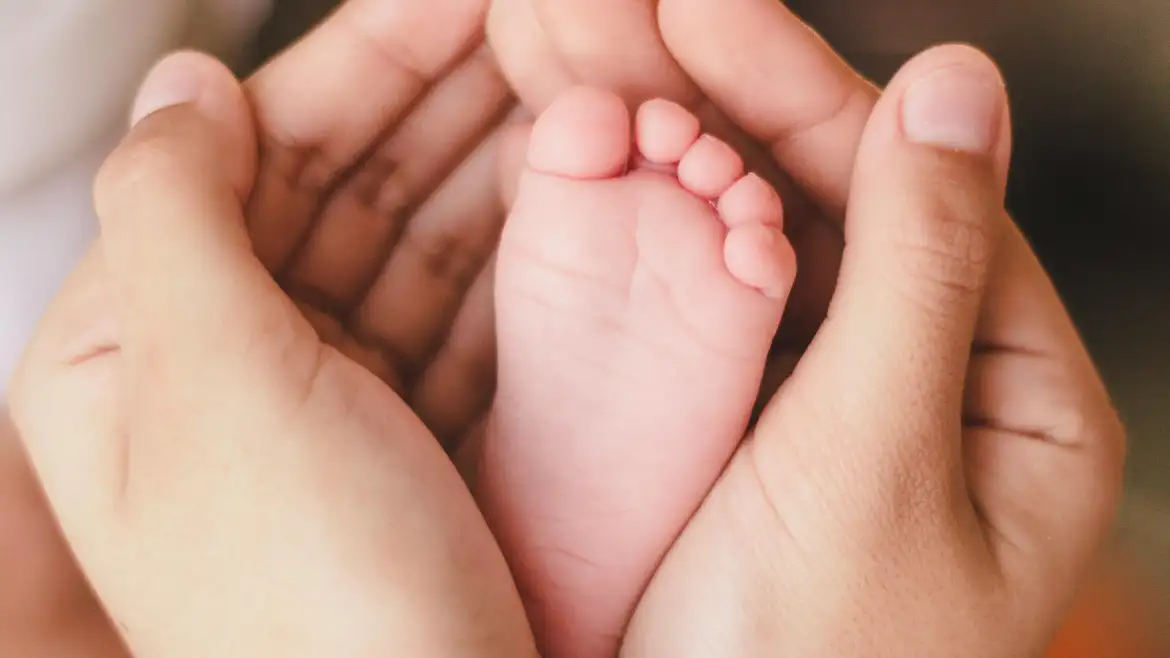When it comes to navigating the early years of parenthood in Singapore, many working parents know that infant care leave offers 12 days of unpaid leave per year for each parent until their child turns two. But beyond this surface understanding, there’s a lot that often goes unsaid—important details that can make a big difference in how you plan, apply, and use your leave wisely.
This article explores 7 lesser-known facts about infant care leave in Singapore—helping you become more informed, better prepared, and confident as you balance work and parenting.
1. How to Apply for Infant Care Leave: Step-by-Step
Most government websites outline who qualifies, but few guide you through the actual application process. Here’s how it usually works:
- Check your eligibility: Your child must be a Singapore citizen under 2 years old, and you must have worked at least 3 continuous months with your employer.
- Notify HR in writing: Share your intent to take infant care leave, including your child’s name, birth date, and requested dates.
- Submit documents: Some companies may require your child’s birth certificate or NRIC.
- Use internal systems: Larger employers may have HR portals; smaller companies may use manual forms.
- Plan ahead: Where possible, inform your manager early to help your team adjust workloads.

2. Real-Life Scenarios Where Parents Use Infant Care Leave
Infant care leave isn’t just for emergencies. In fact, many parents use it in creative and strategic ways:
- Transition after maternity/paternity leave – Easing back into work by taking 1–2 days a week off.
- When your baby is unwell – Sudden fevers, doctor visits, or just needing extra care at home.
- Backup caregiver issues – If your nanny is sick or your infant care centre closes unexpectedly.
- Vaccination days – Ideal for doctor appointments and developmental checks.
- Home adjustments – Supporting your baby’s first days in a new care environment.
To understand more about what to expect during this phase, read our infant care guide.
3. Will Infant Care Leave Affect Your Salary or Appraisal?
One concern many parents have is whether using infant care leave affects job evaluations or income. Here’s what you need to know:
- It’s unpaid: Each day of leave may result in a salary deduction (pro-rated).
- Performance reviews: Legally, your employer can’t penalize you for taking statutory leave. But transparency helps—notify your team, plan handovers, and communicate openly.
- Protect your rights: If you’re pressured not to take leave, you can raise this with the Ministry of Manpower.
Remember, showing up for your child shouldn’t mean stepping back from your career.
4. How Singapore Compares to Other Countries
Curious how Singapore’s policy stacks up globally?
- Sweden offers 480 days of paid parental leave (shared by both parents).
- Japan gives each parent up to one year of paid leave—but uptake among fathers remains low.
- Australia provides 18 weeks of paid parental leave funded by the government.
- Singapore offers a structured system—16 weeks of paid maternity leave, 2 weeks paternity leave, 6 days paid childcare leave, and 12 days unpaid infant care leave.
While Singapore’s model isn’t the most generous, its structured options give parents multiple ways to stay involved—especially when paired with tools like the infant care subsidy.
5. It May Affect Your Pay, But Not Your Career Progression
Because it’s unpaid, infant care leave will result in a deduction from your salary for the days taken. However, your right to take this leave is protected under Singapore law.
Employers cannot penalize you in your appraisal or promotion decisions for exercising your legal entitlements. That said, it’s always helpful to:
- Communicate your leave early
- Offer a work handover plan
- Maintain professionalism and transparency
To learn more about your statutory rights and how they are protected, you can visit the Singapore Ministry of Manpower’s official page on infant care leave.
6. Combine Leave Types to Maximise Family Time
Strategic leave planning allows parents to extend their caregiving period without overusing annual leave:
- Maternity leave: 16 weeks (paid)
- Paternity leave: 2 weeks (paid)
- Childcare leave: 6 days/year (paid)
- Infant care leave: 12 days/year (unpaid)
Sample Strategy:
After returning from maternity leave, use 1 infant care day weekly + childcare leave for check-ups. Coordinate with your spouse for tag-team support during transitions or when no caregiver is available.
Planning ahead helps balance your professional responsibilities and your baby’s needs effectively.
7. Common Misconceptions About Infant Care Leave
Let’s clear up some misunderstandings:
- “Only mothers can take it” – False. Fathers can too.
- “It’s paid” – False. It’s unpaid.
- “It replaces childcare leave” – No. Both are separate and can be taken in the same year.
- “You must take all 12 days at once” – Not true. Days can be taken individually.
- “Employers can deny it” – Only if you’re ineligible or give no notice. Otherwise, they can’t refuse.
Being well-informed helps you assert your rights with confidence and plan smarter.
Conclusion: Use What You’re Entitled To
Infant care leave is more than a statutory benefit—it’s a valuable opportunity to bond with your child and support their early development. By understanding how and when to use it, and how it fits with other leave types, you can be both a committed employee and a present parent.
At Little Unicorn Preschool, we believe in supporting working families at every stage. Whether you need infant care support or guidance on subsidies, we’re here to help.

Looking for Infant Care Support or Preschool Options?
Get in touch with our friendly team here or explore more about how we care for little ones at littleunicornpreschool.com



